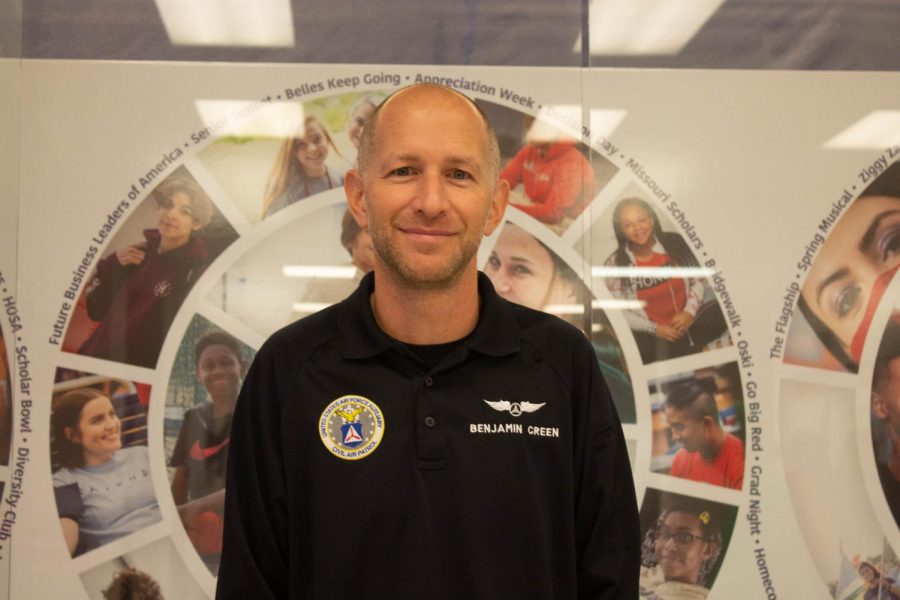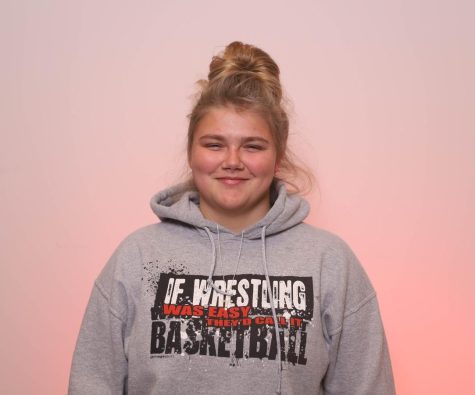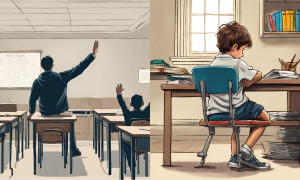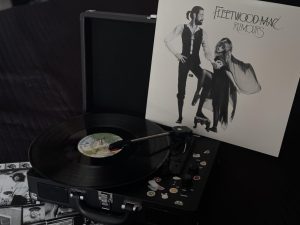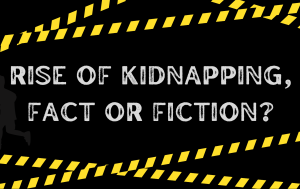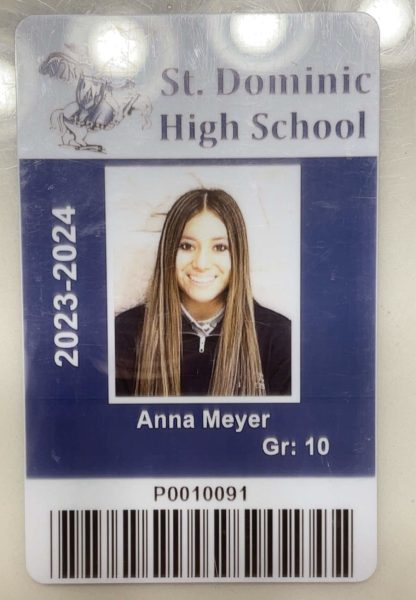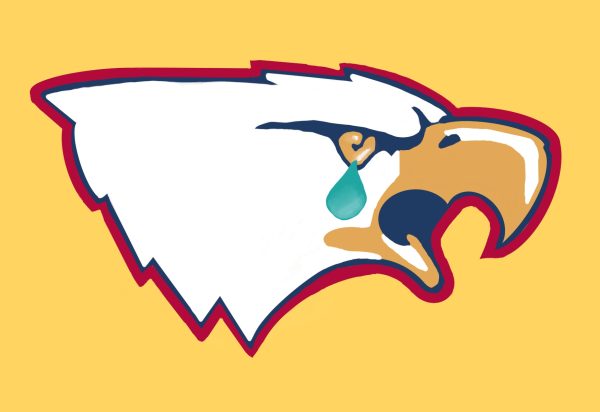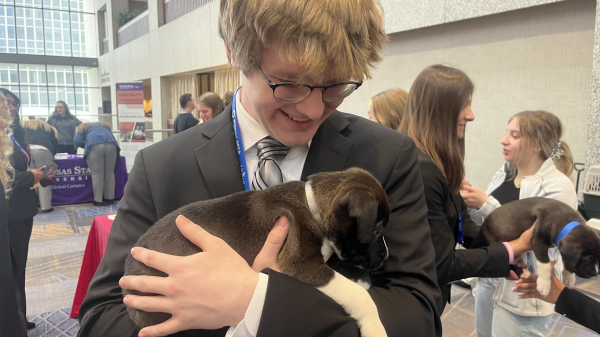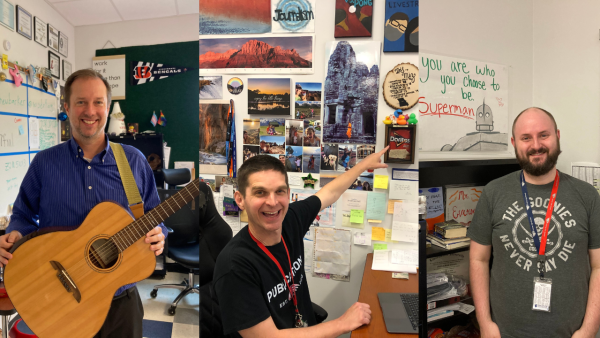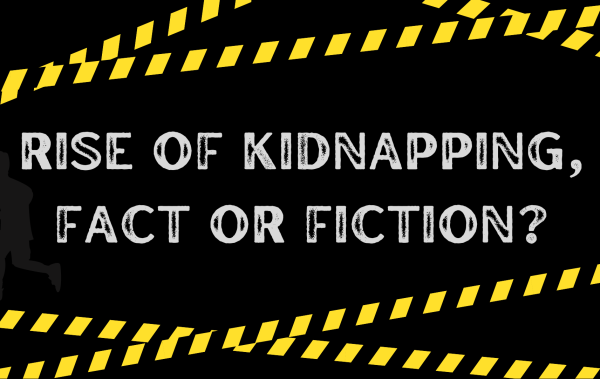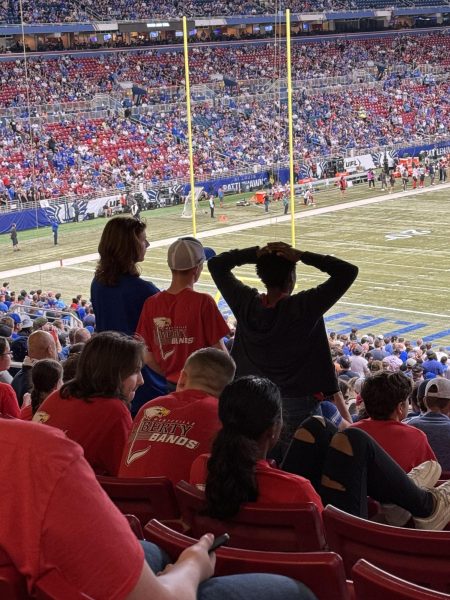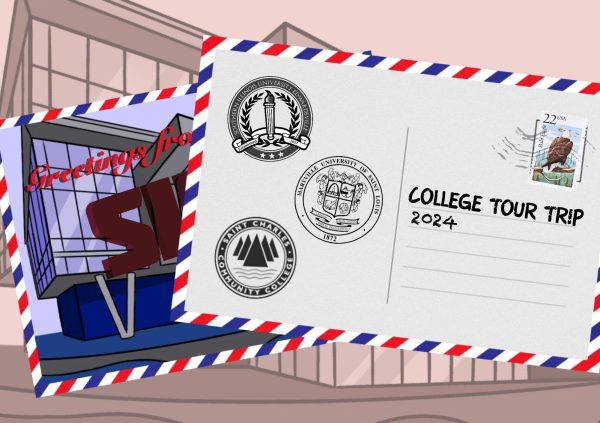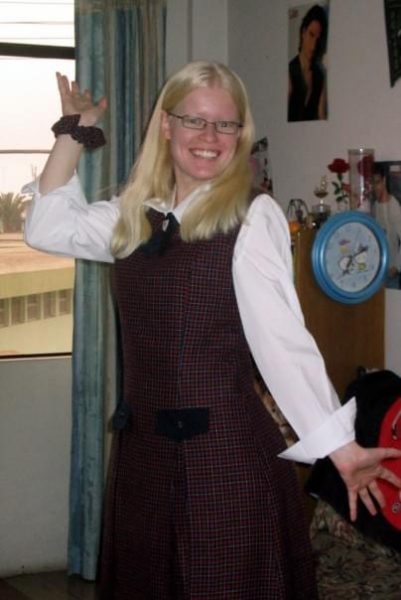A Local Hero: Creen Helps Hurricane Survivors in Florida
Mr. Creen went down to Florida to help with hurricane recovery
Mr. Creen wears his Civil Air Patrol uniform on Veteran’s Day.
November 21, 2022
In one of the worst hurricanes to strike Florida in many years, Mr. Ben Creen witnessed first-hand the destruction of the storms.
Hurricane Ian, a category 4 storm, hit the Florida coast on Sept. 28 causing catastrophic damage as well as injuries and fatalities. Creen serves as a member of the Civil Air Patrol U.S. Air Force Auxilliary and was called up to help with the Rapid Response Urban Search and Rescue (USAR) effort. This is a team that is required to respond within 4 hours of being called to duty to any disaster around the United States and territories.
“Houses were pretty flattened overall, the roof tops were ripped off, the sides were hit with the boats,” Creen said. “The area I went through literally had 10 feet of water going through it.”
There were actually two hurricanes Mr. Creen and his team had to help with. Hurricane Ian and Hurricane Fiona, both hurricanes, were very damaging. Hurricane Ian initially hit land on Sept. 23 while Hurricane Fiona hit earlier on Sept. 13.
“Hurricane Ian destroyed everything that it went through. Puerto Rico was pretty good with Fiona, they had a smaller area that got affected, which was most of the damage seen on the news in the mountain region,” Creen stated. “Fiona caused a lot of landslides and a lot of water to rush down their small rivers where Ian just kind of flattened everything.”
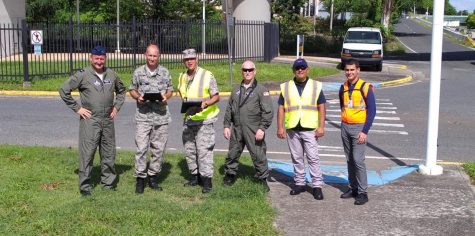
Mr. Creen states how both hurricanes were catastrophic. The survivors were really scared, lost, thirsty, hungry and some even hurt, at times they looked like zombies. Creen’s job was to fly a drone around Florida to try and find survivors, allowing the ground boots to do their job more effectively.
“I am an SUASMP (Small Unmanned Aerial System), which is an unmanned aerial systems mission pilot and I do urban search and rescue,” Creen said.
Creen explains how he found out a few days later his team’s drone pictures helped lead to a rescue of an injured man stranded in his boat for four days in the mangrove growth. Nothing is more upsetting than seeing these innocent people getting their lives taken and risked.
One of the survivors told Creen “their neighbor was on his counter just keeping his head above water with his dog and was ready to die. When a surfboard size piece of foam floated into his house and he jumped on it, and that’s how he survived until the waters receded,” Creen said.
Creen talks about how leaving Florida was a little challenging and emotional even days later.
I learned all kinds of things. I learned being away from home is hard while the family and everything else is still going on here.
— Mr. Creen
“When I was at the airport getting ready to leave my emotions were high,” he said. “I had only slept for a few hours each night for a week on different concrete ramps at various airports, you think I would be happy to leave? Everyone was thanking me for what I did, I kept telling myself to keep it together. But in my head, I felt bad that I had to leave my team early when the job wasn’t done. I was leaving hurting people behind that still needed help. At the time I wasn’t aware we took a picture of the guy in the boat but when I found out we saved his life, I was at ease, knowing we did the right thing.”
Creen talked about how he learned things about himself and how he has great respect for our soldiers.
“I learned all kinds of things. I learned being away from home is hard while the family and everything else is still going on here. Work is still going on so it makes it hard, and then when you get back you’re so used to the extra pressure that the pressure just disappears, like ‘now what do I do?’ Just kind of wandering around lost, which for our soldiers was an eye-opening experience.” Creen said.
Creen talks about how his experience was hard and he became slightly emotional while giving the interview, especially when he talked about the guy with his dog.
He said it was a little tough at times but is figuring it out and in the end, he knew it was the right thing to do, knowing he helped to save people and would do it all again if he has the chance. He also stated 12 to 18-year-olds can join the Civil Air Patrol’s cadet program and currently, we have three cadets at our school. If you have any questions about the Civil Air Patrol cadet program feel free to ask during office hours.

